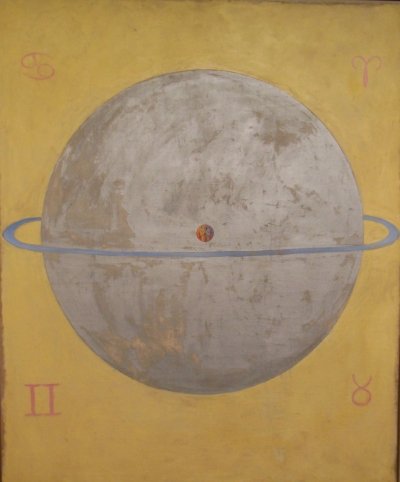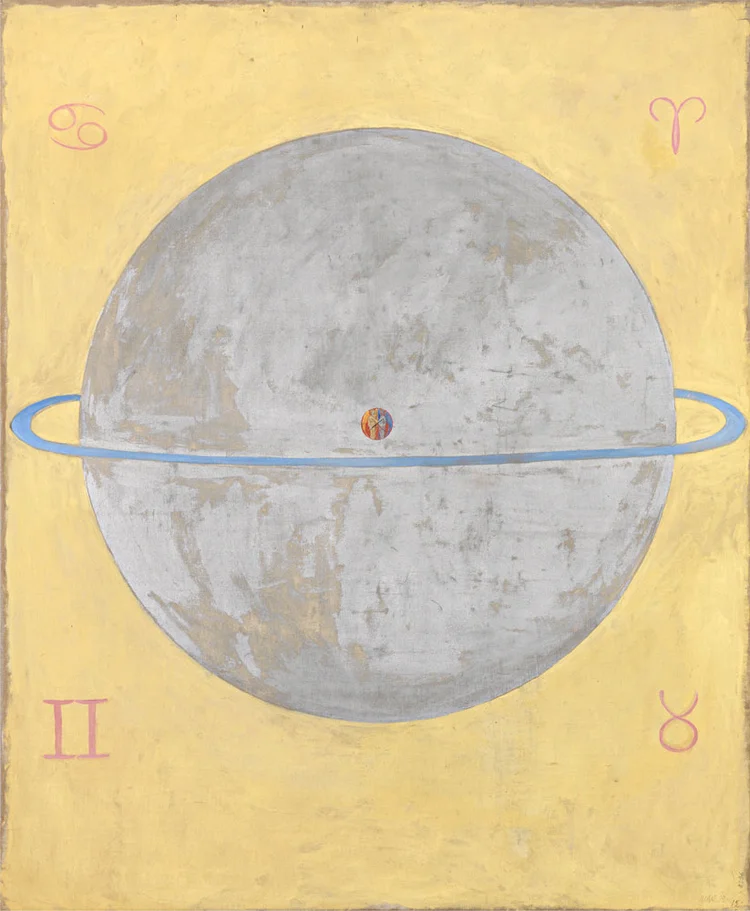Hesse's Glass Bead Game remains mysterious. Obviously, it is a piece of fiction. But based on a solid foundation. The beads play no role, early on they were used to mark a position but soon after abandoned. It became a purely mental game.
Hesse draws on the deep correlations that exist between the astronomical measurements of the solar system and the musical connotation, that first were discovered by Pythagoras, further advanced by Kepler up to the findings of musical theorists in the twentieth century. So music and mathematics are accounted for. What is missing is the link to interpretation, how the game would impact the particulars of human life. This, I think, is where astrology comes in, making the connection between abstract and concrete, mythic and personal, in a language of images - like music and mathematics transcending cultures and language.
Hesse was in fact well acquainted with astrology. During his long friendship with the architect and astrologer Josef Englert who lived nearby in the Tessin he got an understanding of the workings of astrology and often asked for his help in moments of personal crisis. He memorialized him as the ‘Armenian astrologer’ in “Klingsor’s Last Summer” and as ‘Yup the Magus’ in the “Journey to the East”. Most telling perhaps is the fact that when Hesse published his poem ‘The Last Glass Bead Player’ in 1937 he dedicated it to Josef Englert.
Astrology also played a role in Hesse's relationship with his psychoanalyst Josef Bernhard Lang, who was an astrologer, too. In their correspondence Lang would at times take recourse to casting horoscopes and interpret them for Hesse.
In a diary entry Hesse writes: "And this is not just coincidence - I wanted that, I myself have chosen this ancestry, this confession, this burdensome Protestant sectarianism, I have brought it on myself, and as in the hour of my birth stood Saturn and Mars, Jupiter and Moon - neither could it have been otherwise nor should it have been different, so stood the pious pietist father and the Protestant baptismal font waiting for me."
Hermann Hesse, ‘Briefwechsel mit Josef B. Lang’, 2006
Heimo Schwilk, ‘Hermann Hesse’, 2012
Hermann Hesse, 'Diary 1920/21'
Herman Hesse, 1877-1962) self-portrait, 1919


